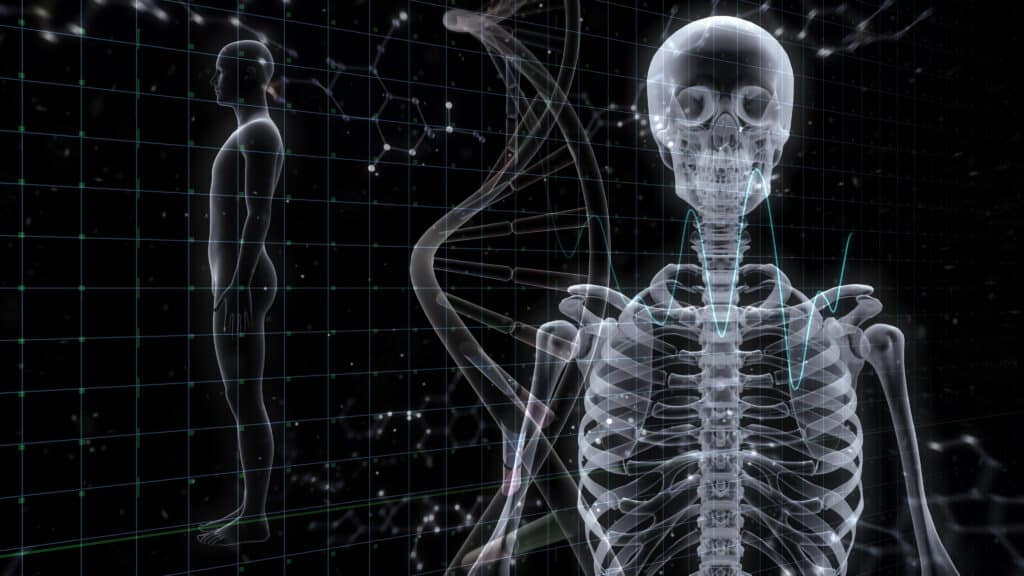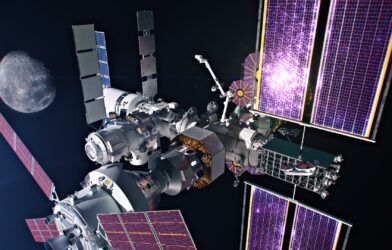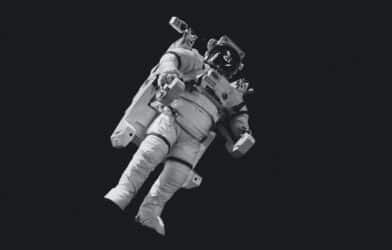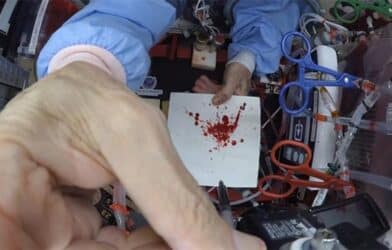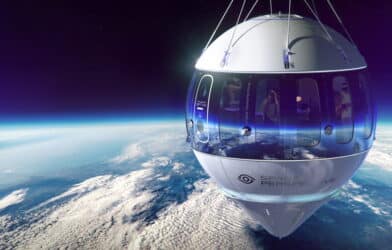Long-term space missions can significantly alter the bone structure of astronauts. A team of international researchers reports that parts of an astronaut’s skeleton can age prematurely by up to ten years during extended missions.
This could cause major health implications if astronauts end up going to Mars one day.
“If people travel uninterruptedly in space for three years, we also have to keep an eye on the health risks,” says Dr. Anna Maria Liphardt, a sports scientist at Friedrich Alexander University in Germany, in a media release. “This already applies to today’s flights, where astronauts are usually not exposed to weightlessness for more than six months.”
For the study, researchers examined the bone structure of 14 male astronauts and three female astronauts before their space launch and then six and 12 months after they returned. They tested the astronauts’ bone density and strength of the tibia and radius and measured bone turnover by using biomarkers in blood and urine.
Twelve months after the astronauts returned, nine had not fully recovered and their bone strength and mineral density was reduced by 2 percent.
“That doesn’t sound spectacular, but it corresponds to age-related bone loss of at least a decade,” notes Dr. Liphardt. “The consequences is that those affected have to reckon with the onset of osteoporosis and susceptibility to fractures much earlier.”
Researchers say some of the astronauts showed irreparable damage to their inner-bone structure. Also, astronauts who had higher bone turnover before the flight had greater regeneration issues.
“Bone turnover means that cells are broken down and regenerated,” says Dr. Liphardt. “People with a higher level of physical activity have a higher bone turnover — the difficulty is maintaining this activity during the space mission.”
Astronauts aboard the International Space Station are able to use the treadmill, bicycle ergometer, and deadlift weights to keep active and healthy. Dr. Liphardt notes that astronauts should have their own individual training program to combat bone turnover. “It is a particular challenge to develop new devices that work in zero gravity and take up little space,” she says.
Researchers recommend astronauts take bisphosphonates during space flights. This medication is used to treat and prevent osteoporosis. “Bisphosphonates are already being used by NASA, but we still don’t know enough about exactly how they work in microgravity,” says Dr. Liphardt. “We recommend further systematic investigation of the combination of drug therapy and physical training.”
Dr. Liphardt adds this study also provides insight of a sedentary lifestyle causing muscle and bone wasting here on Earth. “In rheumatology, it is not always clear which damage is caused by inflammation and which by immobility,” she notes. “Our study could therefore also lay the foundation for new or adapted therapies.”
The study is published in the journal Nature Scientific Reports.
